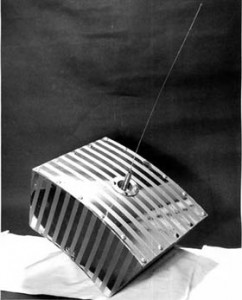Amateur radio, often called ham radio, is both a hobby and a service in which participants, called “hams,” use various types of radio communications equipment to communicate with other radio amateurs for public service, recreation and self-training.
Amateur radio operators enjoy personal (and often worldwide) wireless communications with each other and are able to support their communities with emergency and disaster communications if necessary, while increasing their personal knowledge of electronics and radio theory. An estimated six million people throughout the world are regularly involved with amateur radio.
The term “amateur” reflects the principle that Amateur Radio and its skilled operators are committed to helping communities without financial compensation.
Here an email message from Radio Amateur regarding Amateur Radio and how they participate in the field of science.
Dear all,
Very often I find it difficult to explain to ‘outsiders’ what HAM radio is all about. Therefore I have released a short video on YouTube about the recent ANDE-2 experiments and how radio amateurs world-wide contributed to this mission. When I was young I watched the first Space Shuttle flight on TV. A far away, fantastic scientific event. Many years later we as radio amateurs are given opportunities to engage directly in space-experiments. It’s a thrill ! Featured in the video are the launch and deploy from STS-127, as well as reception and decoding of the satellite’s radio signals received from space.
Best regards, Henk, PA3GUO
An example how amateur radio operators participate in space experiments

 OSCAR is an acronym for Orbiting Satellite Carrying Amateur Radio. OSCAR series satellites use amateur radio frequencies to facilitate communication between amateur radio stations. These satellites can be used for free by licensed amateur radio operators for voice (FM, SSB) and data communications (AX.25, packet radio, APRS). Currently over 20 fully operational satellites in orbit act as repeaters, linear transponders or store and forward digital relays.
OSCAR is an acronym for Orbiting Satellite Carrying Amateur Radio. OSCAR series satellites use amateur radio frequencies to facilitate communication between amateur radio stations. These satellites can be used for free by licensed amateur radio operators for voice (FM, SSB) and data communications (AX.25, packet radio, APRS). Currently over 20 fully operational satellites in orbit act as repeaters, linear transponders or store and forward digital relays.